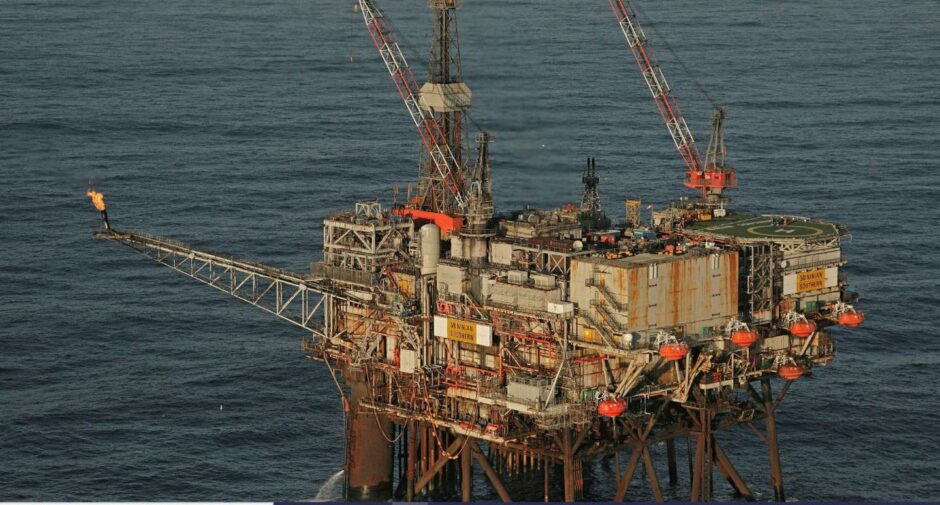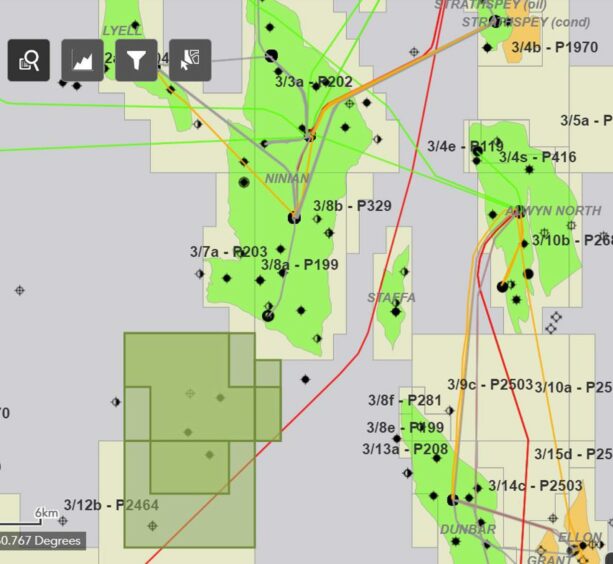
Tailwind Energy has said the North Sea regulator, the NSTA, is the reason why it has had to give up an untapped discovery in the UK.
The operator has relinquished Senna, which it described as “one of the largest undeveloped STOIIP (stock tank oil initially in place) accumulations in the UK North Sea”.
According to Tailwind, Senna contains 206 million STOIIP barrels (high case), split between Senna East and West, with 54.7m mid-case recoverable barrels.
Senna was acquired by Decipher Energy in 2017 – which had two extensions to the initial phase of the licence.
Tailwind acquired Decipher in 2021, and the regulator then shot down a request for a another extension to Phase A later that year, leading to the relinquishment.
The company said in the relinquishment report that another extension was needed to conduct studies to confirm a commercially attractive project, which “could have led to a firm commitment to drill a well” in the following stage.
Alongside achieving net zero, maximising economic recovery of oil and gas resources in the UK remains a key pillar of the NSTA strategy.
Privately-owned Tailwind said in the report: “Unfortunately, OGA (the former name for the regulator) were not minded to provide a licence extension to Tailwind for them to complete these studies and, therefore, Tailwind were not able to commit to Phase C.”
Infrastructure
Tailwind said there is infrastructure in place for development options, though these are ageing and may not be enough have sufficient field life to be attractive.
Ninian, Alwyn North and Martin Linge were cited, alongside an alternative new “hub” facility for projects including Cheviot, Galapagos, Mansell, SW Heather and the Mallory discovery.
But the firm said further feasibility studies were needed and could not be progressed without the NSTA extension.
Uncertainties
Despite placing some criticism at the door of the regulator, Tailwind concedes several points of uncertainty for Senna, including low permeability in the reservoir and the need for horizontal development drilling to tackle it – unproven in Lower Brent fields.
Ninian is the closest asset for a tie-back, and there’s also precedent for issues there.
A nearby field tied-back to Ninian – Staffa – hit major issues in the 1990s. Despite being projected for 7.5 years of production life, it lasted less than a year after wax build-up in the pipeline.
Staffa is now called Mansell, and is owned by Tailwind, which is assessing opportunities for it.
The NSTA website sets out criteria for an extension to licences, which will only be granted if it is “clearly necessary”.
It may also refuse to extend a licence “if they licensee’s performance is unsatisfactory”, the regulator states.
The Senna discovery was formally relinquished at the end of Phase A on November 14 last year.

 © Supplied by NSTA
© Supplied by NSTA